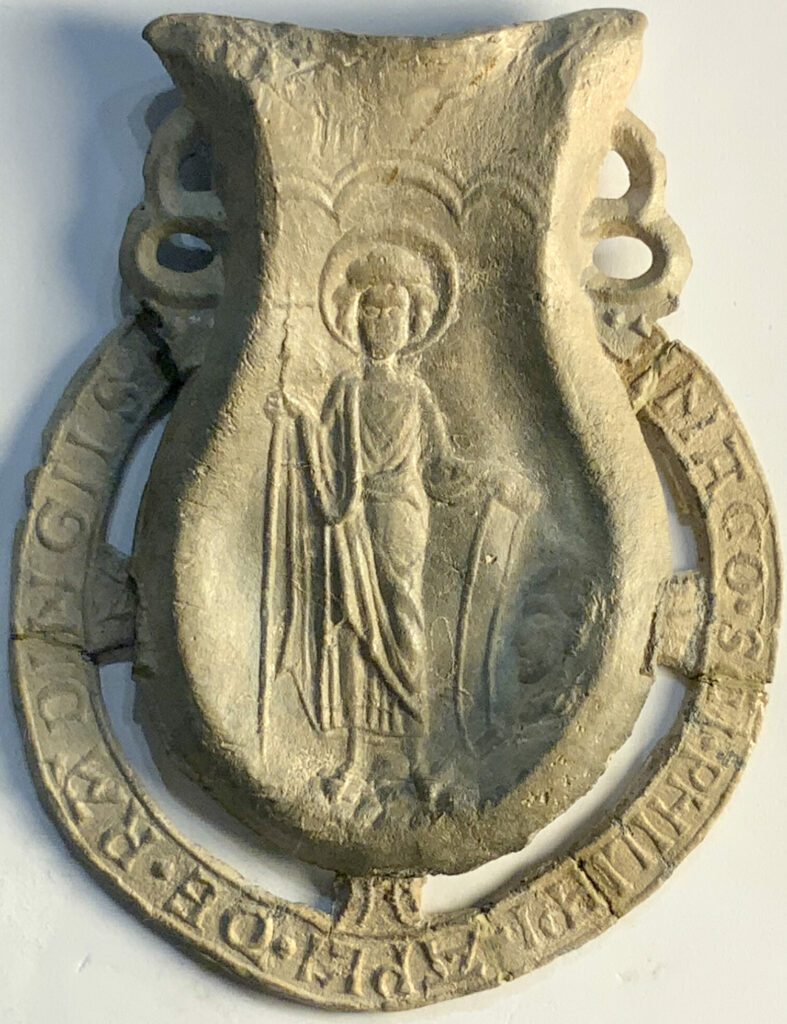MeRit is a collaboration between the University of Reading and the British Museum’s Portable Antiquities Scheme.
The project stems from the wider institutional partnership between the University of Reading and the British Museum, in association with the new archaeological research facility for the British Museum (BM_ARC), adjacent to the University of Reading’s Thames Valley Science Park in Shinfield.
The Department of Archaeology at the University of Reading is ranked 1st in the UK for research quality and research outputs in Archaeology (Times Higher Education Institutions Ranked by Subject, based on its analysis of the latest REF 2021). We have an excellent track record in attracting funding from research councils, charities, learned bodies, government and industry. Our staff include some of the most influential researchers in the discipline, combining scientific techniques with more traditional social approaches to explore the past – and to address modern global challenges.
The Portable Antiquities Scheme is run by the British Museum and Amgueddfa Cymru – Museum Wales to encourage the recording of archaeological objects found by members of the public in England and Wales. Every year many thousands of archaeological objects are discovered, many of these by metal detector users, but also by people whilst out walking, gardening or going about their daily work. Finds recorded with the Scheme help advance knowledge of the history and archaeology of England and Wales.
The Portable Antiquities Scheme’s database holds records of these finds. Our first record was made in 1998, the half-million mark was reached in March 2010, our millionth object, a Roman coin from the Seaton hoard, was recorded in September 2014, and we recorded our one and a half millionth object in July 2020.

